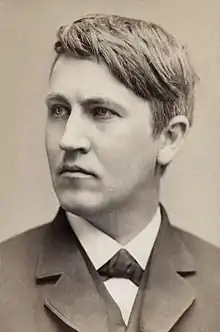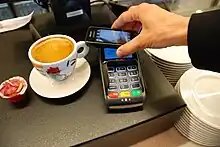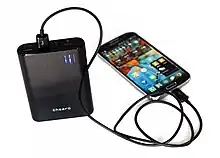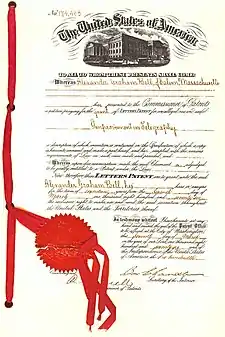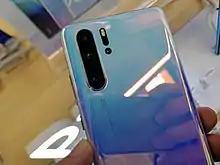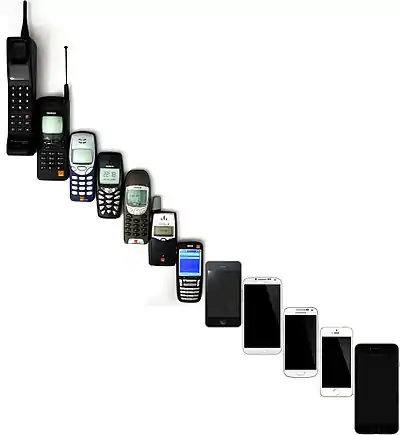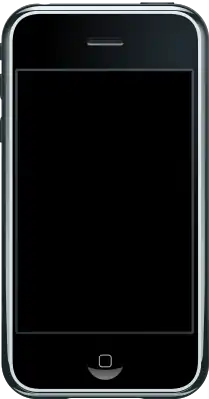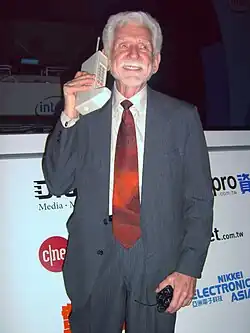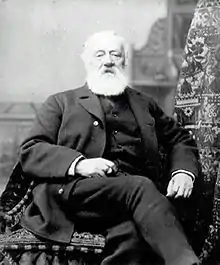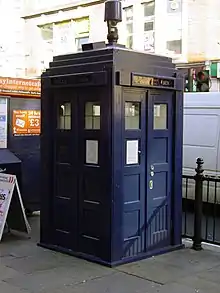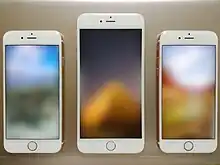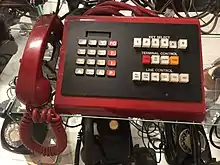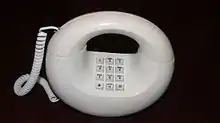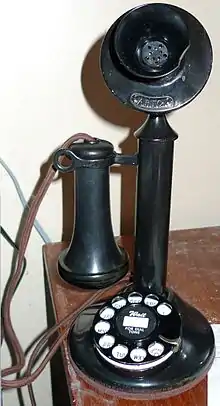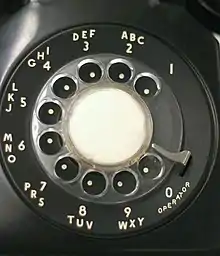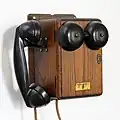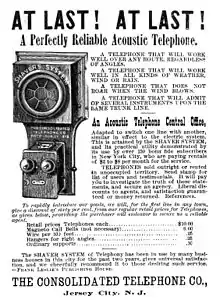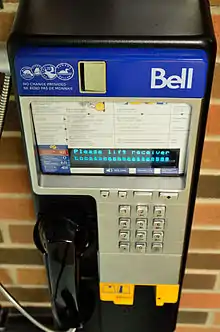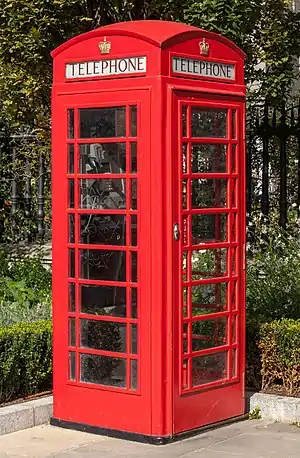 The Telephones Portal
The Telephones Portal 
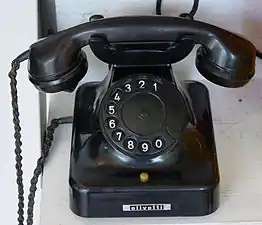
A telephone is a telecommunications device that permits two or more users to conduct a conversation when they are too far apart to be easily heard directly. A telephone converts sound, typically and most efficiently the human voice, into electronic signals that are transmitted via cables and other communication channels to another telephone which reproduces the sound to the receiving user. The term is derived from Greek: τῆλε (tēle, far) and φωνή (phōnē, voice), together meaning distant voice. A common short form of the term is phone, which came into use early in the telephone's history.
In 1876, Alexander Graham Bell was the first to be granted a United States patent for a device that produced clearly intelligible replication of the human voice at a second device. This instrument was further developed by many others, and became rapidly indispensable in business, government, and in households. (Full article...)
A mobile phone (or cellphone) is a portable telephone that can make and receive calls over a radio frequency link while the user is moving within a telephone service area, as opposed to a fixed-location phone (landline phone). The radio frequency link establishes a connection to the switching systems of a mobile phone operator, which provides access to the public switched telephone network (PSTN). Modern mobile telephone services use a cellular network architecture and therefore mobile telephones are called cellphones (or "cell phones") in North America. In addition to telephony, digital mobile phones support a variety of other services, such as text messaging, multimedia messaging, email, Internet access (via LTE, 5G NR or Wi-Fi), short-range wireless communications (infrared, Bluetooth), satellite access (navigation, messaging connectivity), business applications, video games and digital photography. Mobile phones offering only basic capabilities are known as feature phones; mobile phones which offer greatly advanced computing capabilities are referred to as smartphones. (Full article...)
A smartphone (or simply a phone) is a portable computer device that combines mobile telephone functions and personal computing functions into one unit. They are distinguished from older-design feature phones by their more advanced hardware capabilities and extensive mobile operating systems, which facilitate wider software, access to the internet (including web browsing over mobile broadband), and multimedia functionality (including music, video, cameras, and gaming), alongside core phone functions such as voice calls and text messaging. Smartphones typically contain a number of metal–oxide–semiconductor (MOS) integrated circuit (IC) chips, include various sensors that can be leveraged by pre-installed and third-party software (such as a magnetometer, a proximity sensor, a barometer, a gyroscope, an accelerometer, and more), and support wireless communication protocols (such as Bluetooth, Wi-Fi, or satellite navigation). More recently, smartphone manufacturers have begun to integrate satellite messaging connectivity and satellite emergency services into devices for use in remote regions where there is no reliable cellular network. (Full article...)
Selected article -
The Bell Memorial (also known as the Bell Monument or Telephone Monument) is a memorial designed by Walter Seymour Allward to commemorate the invention of the telephone by Alexander Graham Bell at the Bell Homestead National Historic Site, in Brantford, Ontario, Canada.
In 1906, the citizens of the Brantford and Brant County areas formed the Bell Telephone Memorial Association, which commissioned the memorial. By 1908, the association's designs committee asked sculptors on two continents to submit proposals for the memorial. The submission by Canadian sculptor Walter Seymour Allward of Toronto won the competition. The memorial was originally scheduled for completion by 1912 but Allward, aided by his studio assistant Emanuel Hahn did not finish it until five years later. The Governor General of Canada, Victor Cavendish, 9th Duke of Devonshire, unveiled the memorial on 24 October 1917.
Allward designed the monument to symbolize the telephone's ability to overcome great distances. A series of steps lead to the main section where the floating allegorical figure of Inspiration appears over a reclining male figure representing Man, transmitting sound through space, discovering his power to transmit sound through space, and also pointing to three floating figures, the messengers of Knowledge, Joy, and Sorrow positioned at the other end of the tableau. Additionally, there are two female figures mounted on granite pedestals representing Humanity positioned to the left and right of the memorial, one sending and the other receiving a message. (Full article...)Types of phones -
.jpg.webp)
A tin can phone is a type of acoustic (non-electrical) speech-transmitting device made up of two tin cans, paper cups or similarly shaped items attached to either end of a taut string or wire.
It is a particular case of mechanical telephony, where sound (i.e., vibrations in the air) is converted into vibrations along a liquid or solid medium. These vibrations are transmitted through the medium (string) and then converted back to sound. (Full article...)Selected audio -
A blue box is an electronic device that produces tones used to generate the in-band signaling tones formerly used within the North American long-distance telephone network to send line status and called number information over voice circuits. This allowed an illicit user, referred to as a "phreaker", to place long-distance calls, without using the network's user facilities, that would be billed to another number or dismissed entirely as an incomplete call. A number of similar "color boxes" were also created to control other aspects of the phone network. (Full article...)
List articles
- Comparison of smartphones
- List of best-selling mobile phones
- List of countries by number of broadband Internet subscriptions
- List of countries by number of telephone lines in use
- List of countries by smartphone penetration
- List of country calling codes
- List of iPhone models
- List of mobile network operators
- List of mobile phone brands by country
- List of mobile phone generations
- List of telephone operating companies
Related portals
General images -
Selected biography
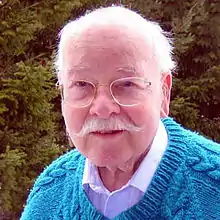
William Rae Young, Jr. (October 30, 1915 – March 7, 2008) was one of the Bell Labs engineers that invented the cell phone.
The history of cellular phone technology began on December 11, 1947 with a Bell Labs internal memo written by Douglas H. Ring describing the idea of Rae Young of the hexagonal cell concept for a cellular mobile telephone system. (Full article...)Selected images
Topics
Subcategories
More
 |
Here are some tasks awaiting attention:
|
![]() WikiProject Telecommunications
WikiProject Telecommunications
![]() Bell System task force
Bell System task force
Telephones in the news
- 19 November 2023 –
- Optus CEO Kelly Bayer Rosmarin resigns following a network outage in Australia that took down its phone and internet services nationwide for 14 hours earlier this month. (The Guardian)
- 8 November 2023 – 2023 Optus outage
- A telecommunications outage by Optus leaves more than 10 million people in Australia without internet and mobile phone service for more than nine hours. (Reuters)
- 7 November 2023 – 2023 Israel–Hamas war protests
- Paul Kessler, a Jewish man participating in a pro-Israel protest dies after being struck in the head with a megaphone by a pro-Palestinian extremist in Thousand Oaks, California, United States. (AP)
- 6 November 2023 – Anglophone Crisis
- Egbekaw massacre
Associated Wikimedia
The following Wikimedia Foundation sister projects provide more on this subject:
-
 Commons
Commons
Free media repository -
 Wikibooks
Wikibooks
Free textbooks and manuals -
 Wikidata
Wikidata
Free knowledge base -
 Wikinews
Wikinews
Free-content news -
 Wikiquote
Wikiquote
Collection of quotations -
 Wikisource
Wikisource
Free-content library -
 Wikiversity
Wikiversity
Free learning tools -
 Wiktionary
Wiktionary
Dictionary and thesaurus
-
 List of all portalsList of all portals
List of all portalsList of all portals -
 The arts portal
The arts portal -
 Biography portal
Biography portal -
 Current events portal
Current events portal -
 Geography portal
Geography portal -
 History portal
History portal -
 Mathematics portal
Mathematics portal -
 Science portal
Science portal -
 Society portal
Society portal -
 Technology portal
Technology portal -
 Random portalRandom portal
Random portalRandom portal -
 WikiProject PortalsWikiProject Portals
WikiProject PortalsWikiProject Portals
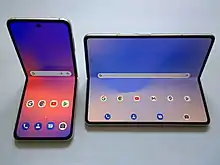

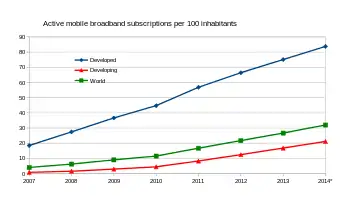
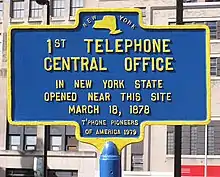
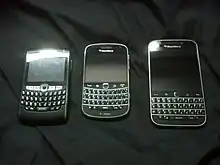


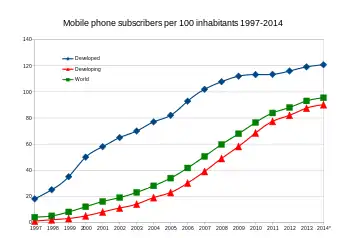


.jpg.webp)

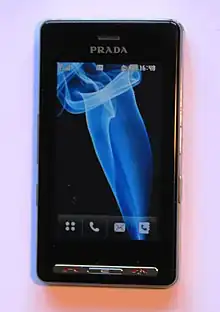
.JPG.webp)
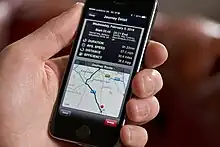

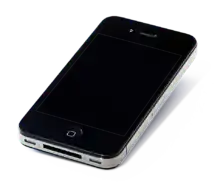


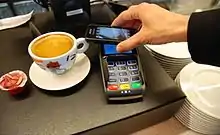
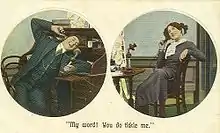
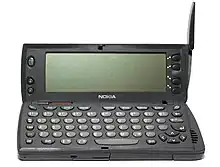
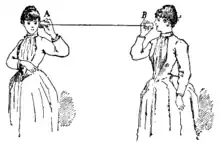
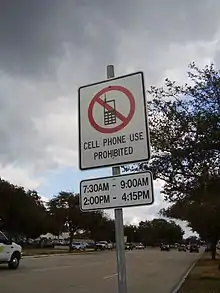

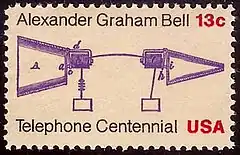
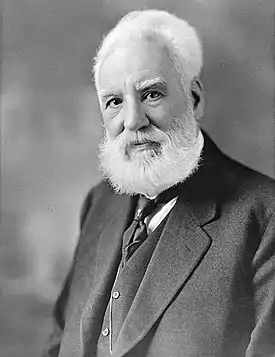


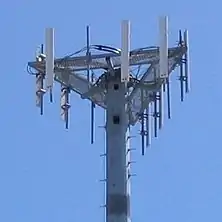
.jpg.webp)
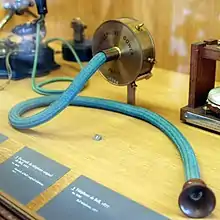
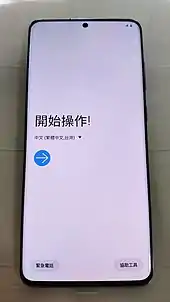
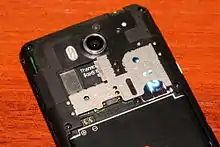
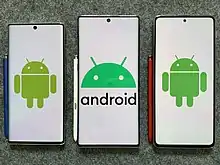
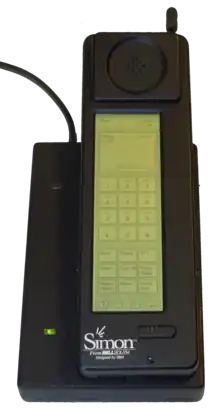
.svg.png.webp)

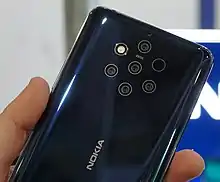
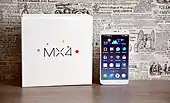
.jpg.webp)
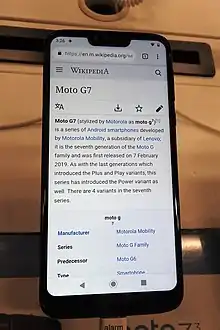

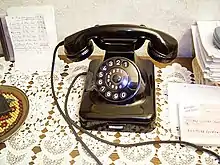
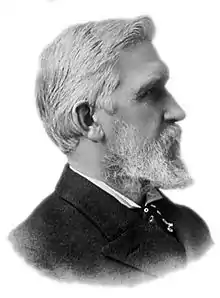


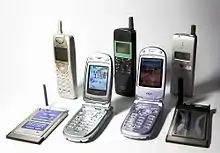
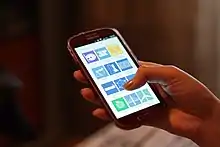
.jpg.webp)


